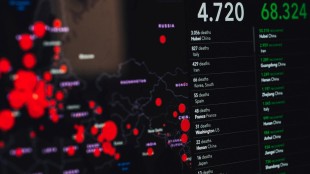Sunshine Is Still the Best Disinfectant: How the Cornell First Amendment Clinic and the New York Times Fought to Access COVID-19 Demographic Data
(Source) As the coronavirus pandemic began to sweep through the United States in the spring of 2020, outbreaks in cities with significant Black and Latino communities led some to question whether communities of color might be at a heightened risk of both infection and death from COVID-19. As the Congressional Black Caucus (CBC) stated in its April 2020 letter to the Director of the Centers for Disease Control and Prevention (CDC), Dr. Robert M. Redfield, “[c]ommunities of color continue to disproportionately suffer health inequities due to the history of racism and oppression in the United States,” making these communities particularly vulnerable to COVID-19. At the time, state public health departments had begun releasing data confirming these suspicions. Data from Wisconsin, for example, showed that in Milwaukee County, African Americans accounted for almost half of the county’s coronavirus cases and 81% of deaths, despite making up only 26% of the county’s population. This data provided only a partial picture of the outbreak, however, and critics argued that relying on states to release demographic data and the lack of publicly available national demographic data would continue to hamper efforts to develop a robust public health response in low-income communities and communities of [read more]

